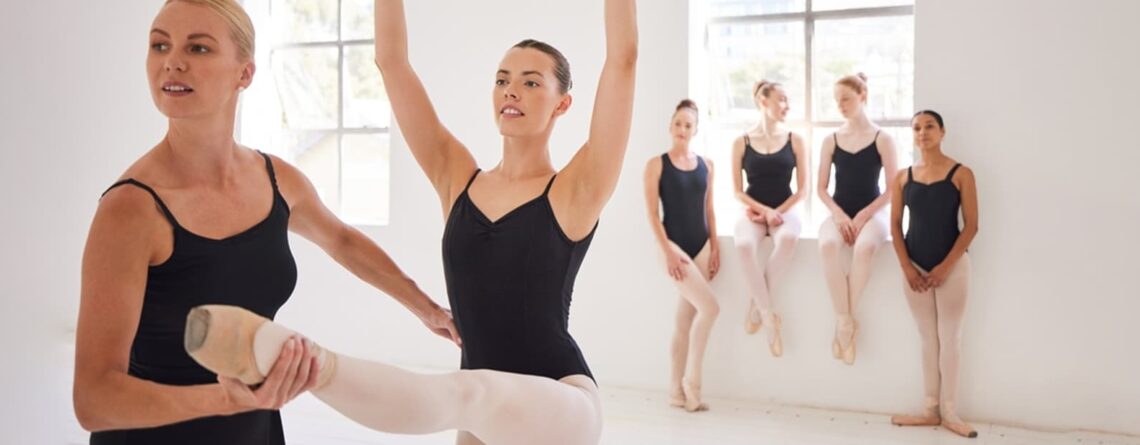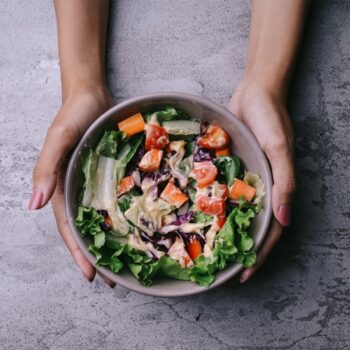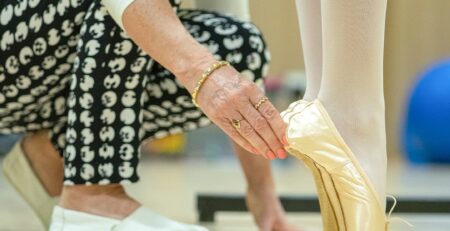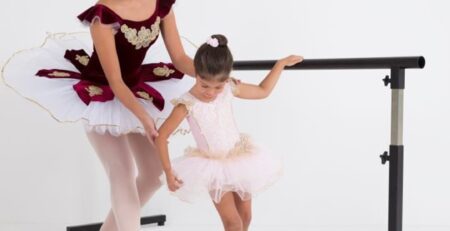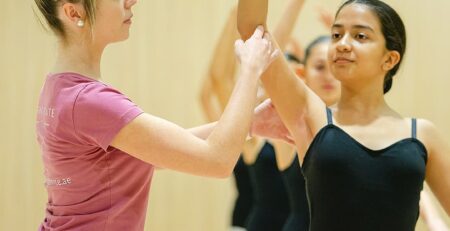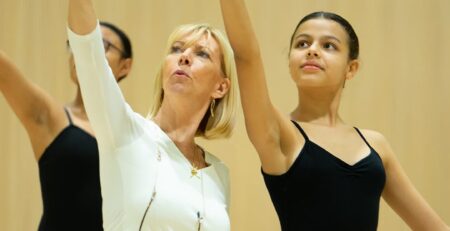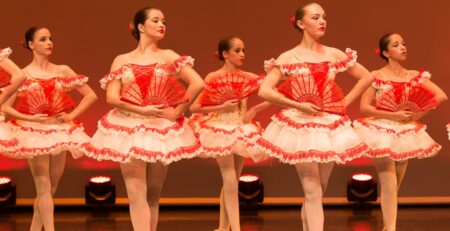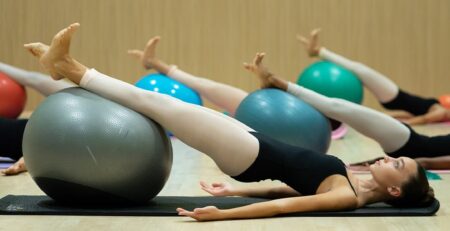Pre-Dance Nutrition: What to Eat Before Dance Class
Have you ever felt sluggish, dizzy, or weak during a dance class? Your pre-class nutrition might be the reason! Eating the right foods before dancing can help you perform at your best and avoid common issues like fatigue or cramps. But with so many options, it’s easy to feel overwhelmed. That’s why we’ve put together this comprehensive guide to pre-dance nutrition. We’ll share expert insights on what to eat before dance class, so you can fuel up and be ready to hit the dance floor.
Why is Pre-Dance Nutrition Important?
Pre-dance nutrition is crucial for dancers to have enough energy, strength, and focus for their dance classes. When you dance, your body requires energy to move and perform. If you don’t have enough energy, you may feel sluggish, tired, and not perform at your best. Proper nutrition before your dance class can help you:
- Boost your energy levels
- Improve your focus and concentration
- Reduce muscle fatigue
- Improve endurance and stamina
- Increase muscle recovery
- Promote overall health and well-being
So, what should you eat before dance class to reap these benefits?
Healthy Foods to Eat Before Dance Class
The following foods are excellent choices to eat before your dance class as they provide the right balance of nutrients to help you perform at your best:
Complex Carbohydrates
These are the primary fuel source for your body, providing energy that can be sustained over a longer period. Some examples of complex carbohydrates include
- Whole grain bread, pasta, and cereals
- Brown rice
- Quinoa
- Sweet potatoes
- Fruits like bananas, apples, and oranges
Lean Protein
Protein is essential for building and repairing muscles, which is crucial for dancers who are always on their feet. Eating lean protein before your dance class can help reduce muscle fatigue and promote muscle recovery. Some examples of lean protein include:
- Chicken, turkey, or fish
- Legumes like lentils and beans
- Tofu
- Greek yoghurt or cottage cheese
Healthy Fats
Healthy fats are essential for maintaining overall health and well-being and providing sustained energy during your dance class. Some examples of healthy fats include:
- Avocado
- Nuts and seeds
- Olive oil or coconut oil
- Fatty fish like salmon or tuna
Pre-Workout Meal and Post-Workout Meal
The Perfect Pre-Workout Meal
A well-balanced pre-workout meal should contain a combination of carbohydrates, proteins, and healthy fats. Here’s a breakdown of what your meal should look like:
- Carbohydrates: 60-70% of your meal
- Proteins: 20-30% of your meal
- Healthy fats: 10-20% of your meal
The timing of your pre-dance meal is essential to ensure you have enough energy to perform without feeling dull or bloated. Ideally, you should eat your pre-workout meal two to three hours before your dance class. It will give your body enough time to digest the food and convert it into energy.
Here is an example of a pre-workout meal:
- Grilled chicken breast
- Brown rice
- Steamed broccoli
- Mixed green salad with olive oil and balsamic vinegar dressing
- Banana
Post-Workout Meal: Refueling After Dance Class
After your dance class, your body needs to refuel and recover. Consuming a balanced post-workout meal within 30 minutes to 1 hour after class can help support this recovery process. Eating a balanced meal that includes protein, complex carbohydrates, and healthy fats can help replenish your energy stores and promote muscle recovery.
Here is an example of a post-workout meal:
- Grilled salmon
- Quinoa
- Roasted sweet potatoes
- Mixed green salad with olive oil and lemon juice dressing
- Mixed berries
Developing Healthy Eating Habits for Dancers
Besides consuming nourishing foods before your dance class, a healthy diet contributing to your overall fitness and vitality is crucial. Here are some tips to assist you in developing beneficial eating practices:
- Plan Your Meals: Create a weekly meal plan, including pre-dance and post-workout meals, to ensure you consume a well-balanced diet.
- Stay Hydrated: Drink water regularly throughout the day and during dance class to maintain optimal hydration levels.
- Listen to Your Body: Pay attention to your body’s hunger and fullness cues, and adjust your meal timing and portion sizes accordingly.
- Avoid Processed Foods: Minimise your intake of processed and fast foods, which can contribute to inflammation, sluggishness, and decreased performance.
- Consult a Professional: Consider working with a registered dietitian or nutritionist specialising in sports nutrition to create a personalised meal plan tailored to your needs and dance schedule.
Foods to Avoid Before Dance Class
Eating the wrong foods can make you feel tired, uncomfortable in your stomach, and without energy. Avoid the following types of foods before your dance class:
Processed Foods and Sugary Drinks
Processed foods and sugary drinks are often high in calories and low in nutrients. They can lead to a rapid spike in blood sugar levels, followed by a crash, leaving you tired and lethargic. Instead, choose nutrient-dense whole foods and provide sustained energy.
High-Fat and High-Fibre Foods
High-fat and high-fibre foods take longer to digest, leading to bloating and discomfort during dance class. Instead, choose foods low in fat and fibre but high in complex carbohydrates and lean protein.
Spicy and Greasy Foods
Spicy and fatty foods can cause heartburn, indigestion, and gastrointestinal discomfort, negatively affecting dance performance. It’s best to avoid these types of foods before dance class.
Pre-Dance Nutrition for Different Types of Dance
Different types of dance require different levels of energy, focus, and endurance. Here are some pre-dance nutrition tips for various types of dance:
Ballet
Ballet requires a high level of focus, control, and endurance. A pre-dance meal for ballet should include complex carbohydrates for sustained energy, lean protein for muscle repair and recovery, and plenty of hydration.
Jazz
Jazz dance requires high energy and explosive movements. A pre-dance meal for jazz should include complex carbohydrates for energy, lean protein for muscle recovery, and moderate healthy fats for sustained energy.
Hip-hop
Hip-hop dance requires high energy and powerful movements. A pre-dance meal for hip-hop should include complex carbohydrates for energy, lean protein for muscle recovery, and moderate healthy fats for sustained energy.
Contemporary
Contemporary dance requires a balance of fluidity, strength, and endurance. A pre-dance meal for contemporary dance should include complex carbohydrates for sustained energy, lean protein for muscle repair and recovery, and plenty of hydration.
Tips for Eating on the Go
Finding the time to eat healthy meals can be challenging for dancers who are always on the go. Here are some suggestions for eating healthy on the go:
Preparing Healthy Snacks to Take With You
Prepare healthy snacks that are easy to grab and go in advance. Some examples include
- Pre-cut fruits and vegetables
- Homemade energy bars
- Trail mix with nuts and seeds
- Yoghurt or cottage cheese with fruit
- Hummus with cut-up vegetables
Choosing Healthy Options When Eating Out
When eating out, choose healthy options that include lean protein, complex carbohydrates, and vegetables. Some healthy options include:
- Grilled chicken or fish with a side of steamed vegetables
- Salad with lean protein and a light dressing
- A sandwich on whole-grain bread with lean protein and plenty of vegetables
- A wrap with whole-grain tortilla, lean protein, and plenty of vegetables
How to Pack a Nutritious Lunch for a Long Day of Dance
Packing a nutritious lunch is essential for dancers who have a long day of classes or performances. Here are some tips for packing a healthy lunch:
- Choose whole-grain bread, rice, or pasta for sustained energy.
- Include plenty of fruits and vegetables for vitamins and minerals.
- Pack a reusable water bottle to stay hydrated throughout the day.
- Avoid foods high in sugar, salt, or unhealthy fats.
Examples of a Balanced Diet for Dancers
Dancers require a balanced diet to support their intense training schedules and achieve optimal performance. A balanced diet provides the nutrients to fuel the body, repair and rebuild muscles, and prevent injury. Here is an example of a balanced diet for dancers:
- Breakfast: Oatmeal with berries and nuts, Greek yoghurt with honey and fruit, or a smoothie made with spinach, banana, and almond butter.
- Mid-Morning Snack: Apple slices with almond butter or a protein shake with a banana and almond milk.
- Lunch: Grilled chicken breast with quinoa, steamed vegetables, or a veggie wrap with hummus and mixed greens.
- Mid-Afternoon Snack: Carrot sticks with hummus or trail mix with nuts, seeds, and dried fruit.
- Dinner: Baked salmon with sweet potato and roasted vegetables or a stir-fried veggie with tofu and brown rice.
Conclusion
Pre-dance nutrition is a critical aspect of a dancer’s routine. Understanding what to eat before dance class and providing the body with the proper nutrients is essential to maintain energy levels, reducing muscle fatigue, and improving endurance. Different types of dance require tailored pre-dance nutrition, and healthy snacks and meal options can assist dancers in maintaining proper nutrition while on the go.
At Turning Pointe, we encourage our students to eat a balanced diet with plenty of fruits, vegetables, whole grains, lean protein, and healthy fats. We also recommend that our students drink plenty of water throughout the day to stay hydrated. By eating a balanced diet and staying hydrated, our students can stay energised and focused during their dance classes and achieve their performance goals.


